Mortar: What Type Do You Need?
Understanding the types of mortar will help you choose the one with the right properties for your project

Mortars are often ordered based on compressive strength; but even more important properties are bond strength and flexibility. Bond strength and flexibility work together, holding masonry units in place yet flexing in response to lateral loads or expanding and contracting in response to temperature swings.
Premix or self-mix? Mixing cement and lime on-site provides flexibility to a skilled mason but requires careful measuring. Pre-mixed masonry cement ensures consistency but rules out on-site fine-tuning of the recipe.
What is mortar made of?
To achieve the balance of properties for a particular application, you mix different proportions of portland cement, hydrated lime, sand and water. Portland cement yields greater compressive strength but lower water retention during the cure, thus risking shrinkage cracks. Lime yields lower compressive strength but greater bond strength and flexibility. Sand, the aggregate, adds volume and minimizes shrinkage as the cement dries. Water makes the mix workable and activates hydration, the chemical reaction that hardens the cement.
Type M: High compression strength
Type M has the highest proportion of portland cement, with 3 parts portland cement, 1 part lime and 12 parts sand. Type M has a high compressive strength (at least 2500 psi) and is recommended primarily for walls bearing heavy loads, but also, due to its durability, for masonry below grade or in contact with the earth: foundations, retaining walls, sidewalks and driveways.
Type S: Compression and tensile strength
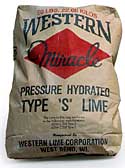
Type S is sometimes specified for masonry at or below grade, but offers another quality. S has high compressive strength (1800 psi) but adds high tensile bond strength. S contains 2 parts portland cement, 1 part hydrated lime and 9 parts sand, and yields maximum flexural strength to fight wind, soil pressure or earthquakes.
Type N: For exterior, above-grade walls
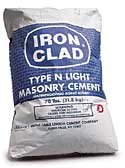
Type N is a medium compressive-strength (750 psi) mortar made of 1 part portland cement, 1 part lime and 6 parts sand. Type N is recommended for most exterior, above-grade walls exposed to severe weather, including chimneys.
Type O: For interior or non-load-bearing use
Type O has a low compressive strength (about 350 psi), containing 1 part portland cement, 2 parts lime and 9 parts sand. O is recommended for interior and limited exterior use in non-load-bearing walls.
David Ericson is assistant editor at Fine Homebuilding.
Photos: Dan Thornton












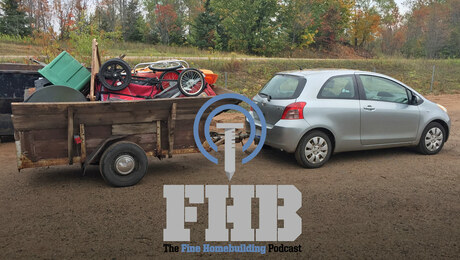

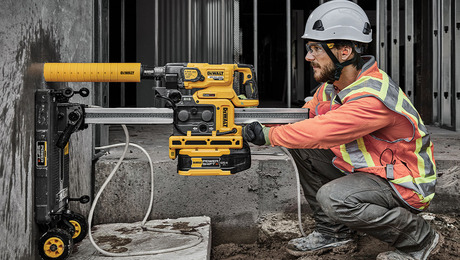
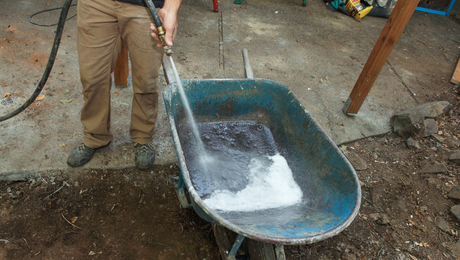










View Comments
Wow. This is such an articulate article. This surely will help many people. I wish I would have came across this article last month when i got my home repaired. Nevertheless, the company that i got my home repaired from, did their job very well.
Check their work here:
http://www.atlasfoundation.net/
I have the weirdest feeling that Ada Oriol has some connection to Atlas Foundation. I don't know why...